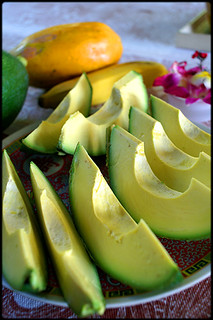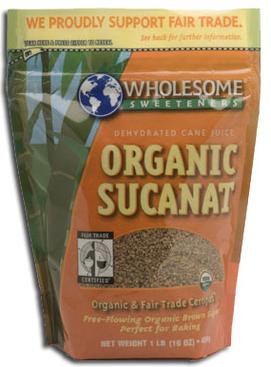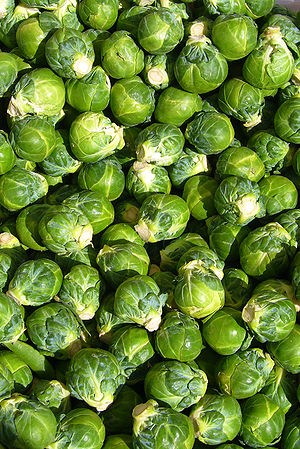1. Oat bran - While it's not a magic bullet and has been the subject of a lot of hype, oat bran is a high-fiber food that helps lower cholesterol. Oat bran is not only high in fiber, but it also contains beta-glucans which are the keys to its cholesterol-lowering ability. Add it to cereals and homemade breads and muffins.
| Barley (Photo credit: Wikipedia) |
3. Beans - Once again, the combination of high fiber and beta-glucans comes together, this time in the humble bean. Beans also contain lecithin, which is a cholesterol-lowering nutrient. Great in chili, stews, soups, and Mexican dishes.
4. Garlic and onion - It seems there are few conditions that garlic can't help. In Europe, garlic is "officially" approved as a treatment for high cholesterol. A clove of garlic a day is said to lower cholesterol by as much as 15 percent. Half an onion a day has a similar effect. Add it to just about anything for a flavor and health kick!
5. Sesame seeds - These tasty little seeds are not the only foods with phytosterols - all plant foods have phytosterols to some degree - but they are unusually high in these compounds. Phytosterols are absorbed into the blood, pushing cholesterol out of the way, so to speak. These can be added to baked goods, homemade crackers, and Asian dishes.
6. Lettuce - Also fairly high in phytosterols, leafy green lettuce is a good food for lowering cholesterol.
| Avocados (Photo credit: barron) |
8. Carrots - Carrots are high in pectin, which is a source of fiber that is implicated in lowering cholesterol. Eat a carrot or two a day.
9. Apples -Apples are also high in pectin. An apple a day...as they say!
As you consider how to incorporate these foods into your diet, here are some suggestions.
Try a bean and barley soup flavored with lots of onion and garlic. Make oat bran muffins for breakfast, and incorporate oat bran into homemade breads. Sesame seeds can also be added to baked goods, and tahini, a sesame seed paste, is a good way to get a lot of this seed into your diet. Try a salad with lettuce, carrots, and avocado with an olive oil-based dressing.
* Note: These are good, healthy, whole foods, and eating them is a good thing. However, remember that high cholesterol is a symptom, not a disease! Cholesterol is produced by the body in an attempt to heal damage caused by inflammation, so if you have high cholesterol, something is wrong in your body, and you need to take steps to address the underlying issue - not just lower your cholesterol. Consult a doctor who is well-versed in natural health, and won't just prescribe a drug in order to mask the symptoms, but who will take the time to find out what is causing the high cholesterol issue, and help you take appropriate steps to help your body heal.



























